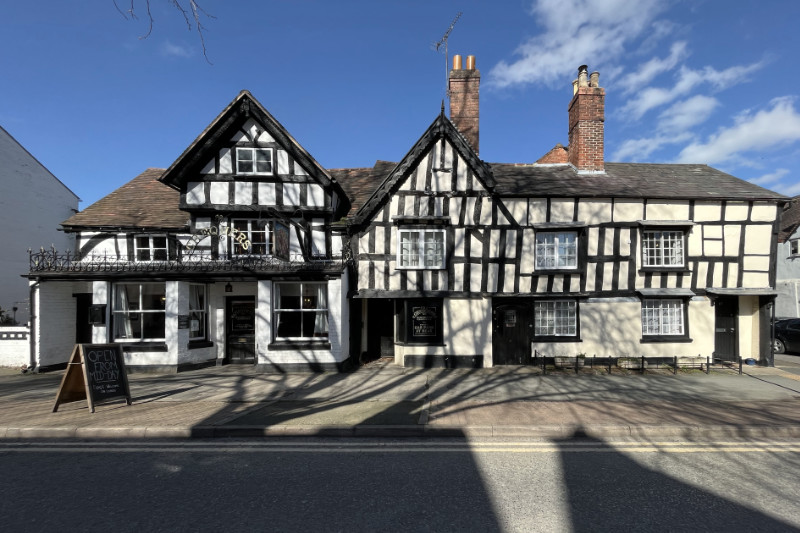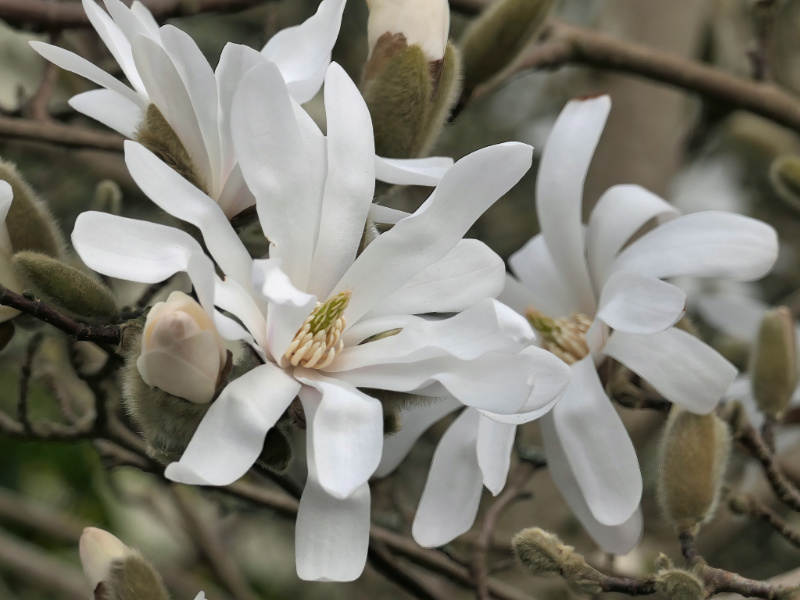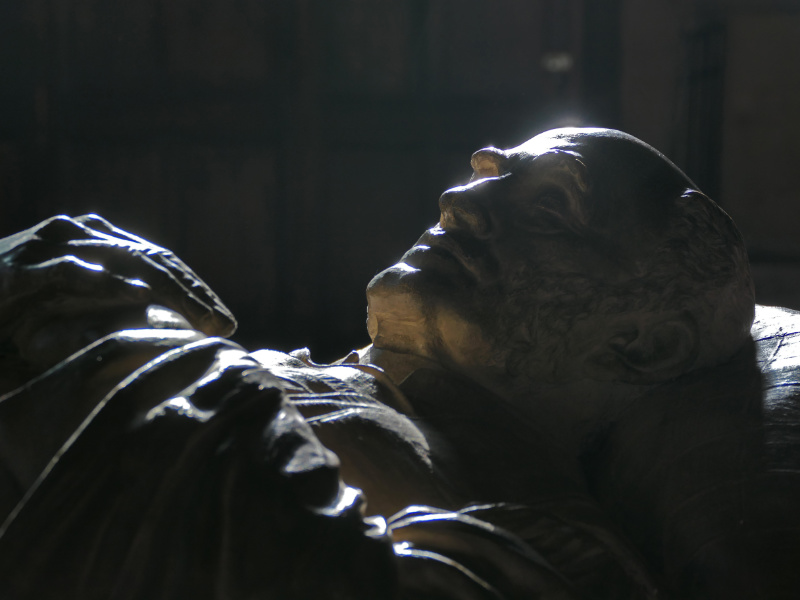The former Master's House in Ledbury was the residence of the person in charge of the adjacent St Katharine's Hospital (founded 1231). The present building mainly dates from c.1488 and the eighteenth century. Today, following a major restoration, it serves as the town's library. At the back of the building some timber-framing from the fifteenth century can be seen. It is unusual in that the infill is pillowed and stands proud of the woodwork. The colour of the framing and infill is the same: something that was more commonly seen in the past than today, though current examples are not difficult to find. On the day I took this photograph I was drawn to the raking light accentuating the details of the construction.
photo © T. Boughen Camera: Lumix FZ1000 2
















